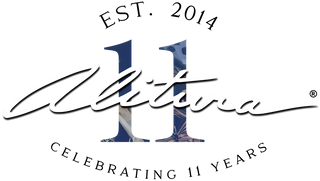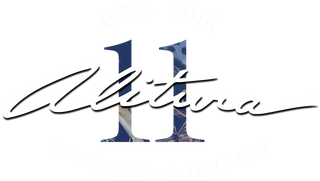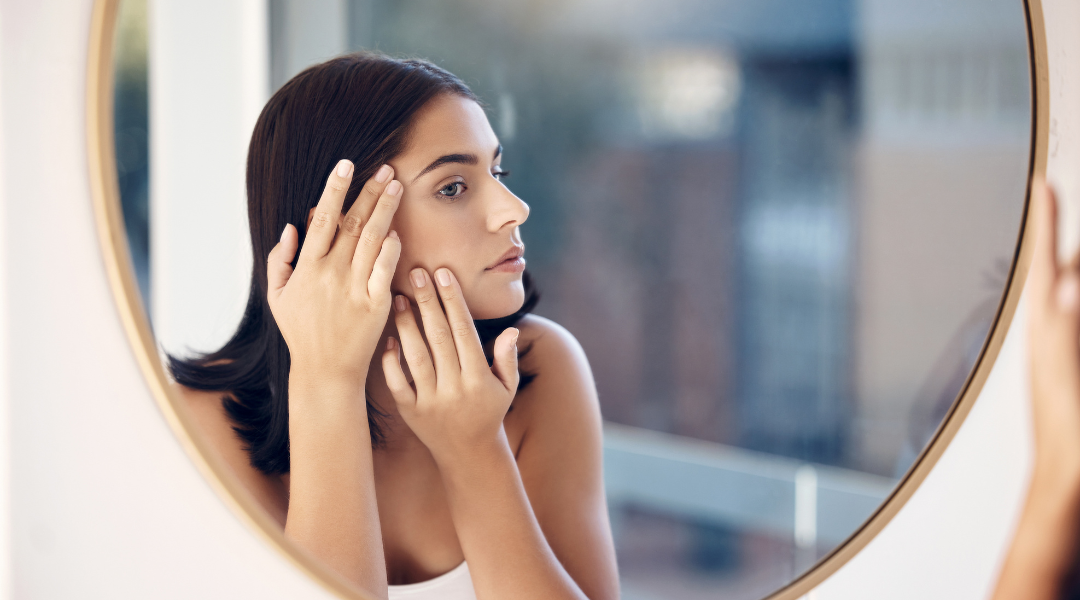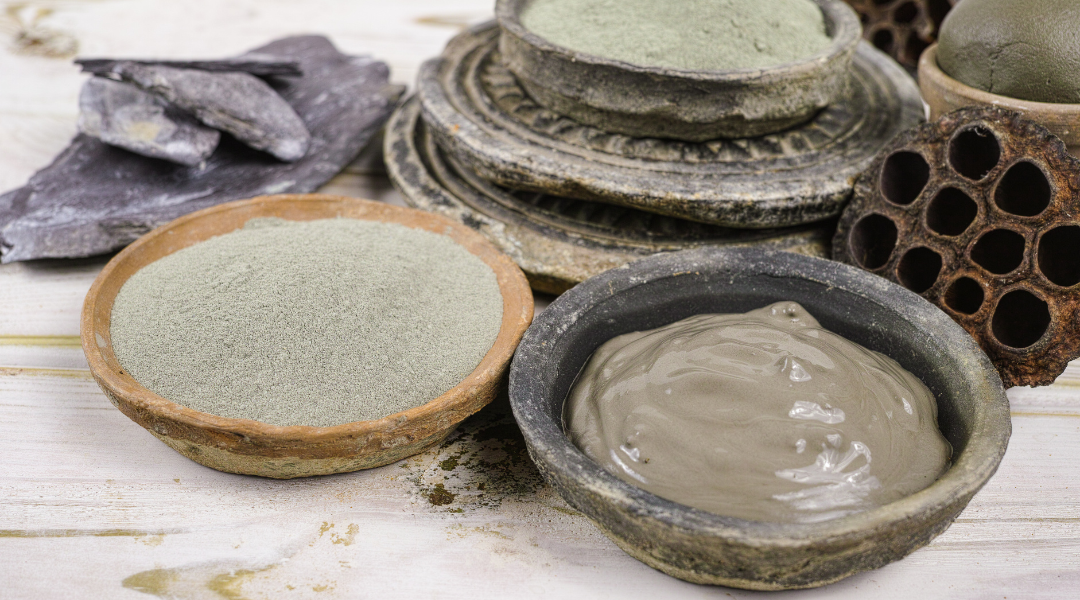Boost Mitochondria to Reverse Skin Aging & Hair Loss
There are many things that go wrong in the body and contribute to aging. However, mitochondrial dysfunction is at the root of them all. Our bodies are complex organisms with seemingly endless biological and chemical reactions that make it tick. At the cell level, dysfunction of the mitochondria can cause a chain reaction of ill effects leading to not just disease, but aging of the skin and hair.
But before we get any further along, let’s talk about mitochondria and its importance in healthy aging.
What is Mitochondria?
The mitochondria are often referred to as “the powerhouse of the cell” because of its role in a process known as |oxidative phosphorylation”. In the simplest of terms, oxidative phosphorylation refers to the cellular processes involved in the generation of adenosine triphosphate, also known as ATP. ATP is considered the basic molecular energy unit; it is an organic chemical that provides energy to all the cells, organs and tissues in any living organism.
Proper oxidative phosphorylation function largely depends on the coordinated expression of proteins, which happen to be a key job of the mitochondrial genomes. In fact, the human mitochondrial genome encodes 13 polypeptides in oxidative phosphorylation, and without healthy mitochondrial DNA, oxidative phosphorylation becomes impairs. 1, 2.
This is a huge problem because every cell, tissue and organ thrives off of ATP, the byproduct of oxidative phosphorylation. In fact, it is well known that in large organs, mitochondrial dysfunction can lead to pathological changes, including mitochondrial diseases, cardiovascular, diabetes, neurological disorders and cancer. 3, 4, 5
Additionally, the decline in mitochondrial function has been extensively reported during accelerated aging. According to studies, there is a direct link between mitochondrial damage and signs of premature aging. There is even research that shows mitochondrial damage being a risk factor for decreased life span. 6, 7, 8, 9, 10
Mitochondrial Dysfunction in Skin Aging and Hair Loss
In addition to its contribution to age-related disease, the depletion of mitochondria also leads to physical signs of aging, including wrinkled skin and hair loss. Both aging skin and hair are obvious features of the aging process and are directly related to negative changes mitochondrial structure. The good news though is that scientists have discovered that these age-related changes can be reversed by restoring mitochondrial function and content. In fact, experiments have demonstrated that mitochondria are major regulators of skin aging and hair loss. For example, studies have found that the depletion of mitochondrial DNA from human skin fibroblasts can cause photoaged skin. Other research has found that an imbalance of mitochondrial respiratory chain complexes in the epidermis induces severe skin inflammation. In terms of hair loss, considering the scalp is part of the skin, damage of the mitochondria is likely to cause scalp inflammation as well. Additionally, the proper regulation of keratinocytes in the scalp and follicular epithelium is essential for normal hair growth. However, the production of mitochondrial reactive oxygen species is known to cause abnormalities in epidermal differentiation and hair follicle development. In simpler words, when the cells in your skin become damaged, so does your skin and hair. 11, 12, 13, 14, 15
Boosting Mitochondrial Health
With all of this research in mind, boosting mitochondrial function is essential for preventing aging and possibly even reversing aging. Here are a few practical ways to do so:
Support Thyroid Function
The mitochondria and thyroid work together to produce energy in the cell. If thyroid function is low, the mitochondria cannot get adequate amounts of oxygen needed for ATP production. At the same time, estrogen opposes thyroid function by stealing oxygen from the mitochondria. Therefore, it would be wise to both lower estrogen and boost thyroid to support mitochondrial function. One way to do this would be to supplement with Ashwagandha, a traditional thyroid-boosting herb you can find in our Revitalize formula. To learn more tips on improving thyroid health, be sure to read this article.
Red Light Therapy or Sunlight
There are enzymes that are necessary for the activation of the mitochondrial respiratory chain and production of energy. One important enzyme that activates mitochondrial respiration is called cytochrome C oxidase, which happens to be produced in the presence of sunlight. This might be one reason why we feel so energized in the sunlight. We recommend getting at least 10-15 minutes of direct sunlight daily for keeping the mitochondria healthy. If you cannot get sunlight daily for whatever reason then the use of Red Light or Near-Infrared Red is just as useful for these purposes.
Leucine
Leucine is an essential amino acid, which means that it is not produced by the body and must be acquired through diet or supplemented. In addition to acting as a building block for proteins, leucine may also help to boost mitochondrial function. For example, a study done on obese mice found that after 2 months of supplementing with leucine that their levels of NAD+ and SIRT1 greatly increased, which improved mitochondrial function. Furthermore, in muscle cells, leucine was found to increase mitochondrial density and improve overall mitochondrial function. 16, 17

The Natural Path to Perfect Skin
30 PAGES FULL OF SKINCARE SECRETS







Leave a comment